A black vulture (Aegypius monachus), a critically endangered species in Portugal, was released in Mértola, on the 14th of January, by collaborators from the RIAS – Center for the Recovery and Research of Wild Animals of Ria Formosa and by nature guards from the Institute for Nature Conservation and Forests (ICNF).
In addition to this vulture, collected in Serpa, five griffins were also released (Gyps fulvus) who had been found exhausted in different areas of Baixo Alentejo and Algarve.
The black vulture, "quickly dubbed the Bruma", having been released on a day that "dawned cloudy and mysterious" from a hill above the Guadiana river, was equipped with a GPS-GSM transmitter provided by the Vulture Conservation Foundation (VCF ).
According to the RIAS, "through the data transmitted by the stationed issuer, we know that after his release he headed east and is now in Spain."
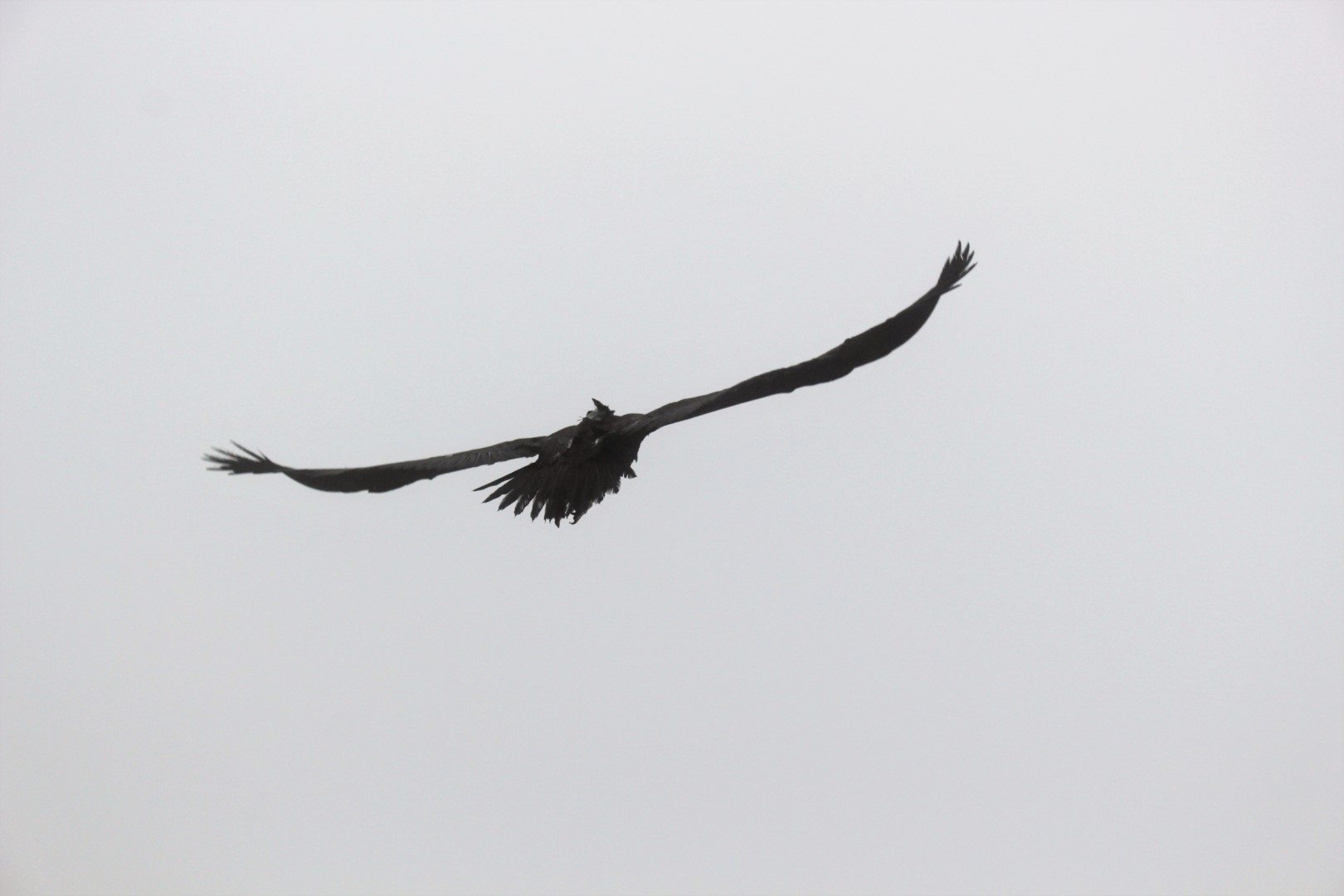
Bruma's trip can be accompanied here.
According to the Center, «the return to Nature of this animal is an important contribution to its conservation».
A year ago, “RIAS rehabilitated and released another black vulture (then called RIAS, in honor of our centre). This bird is currently found in Spain, in the Monfrague area».
The black vulture is classified as “Critically Endangered” in Portugal and became extinct as a breeding species in our country in the 1970s, mainly due to the widespread use of poisoned carcasses to eliminate unwanted predators.
"This practice is currently illegal and its use is fortunately declining," stresses the RIAS.
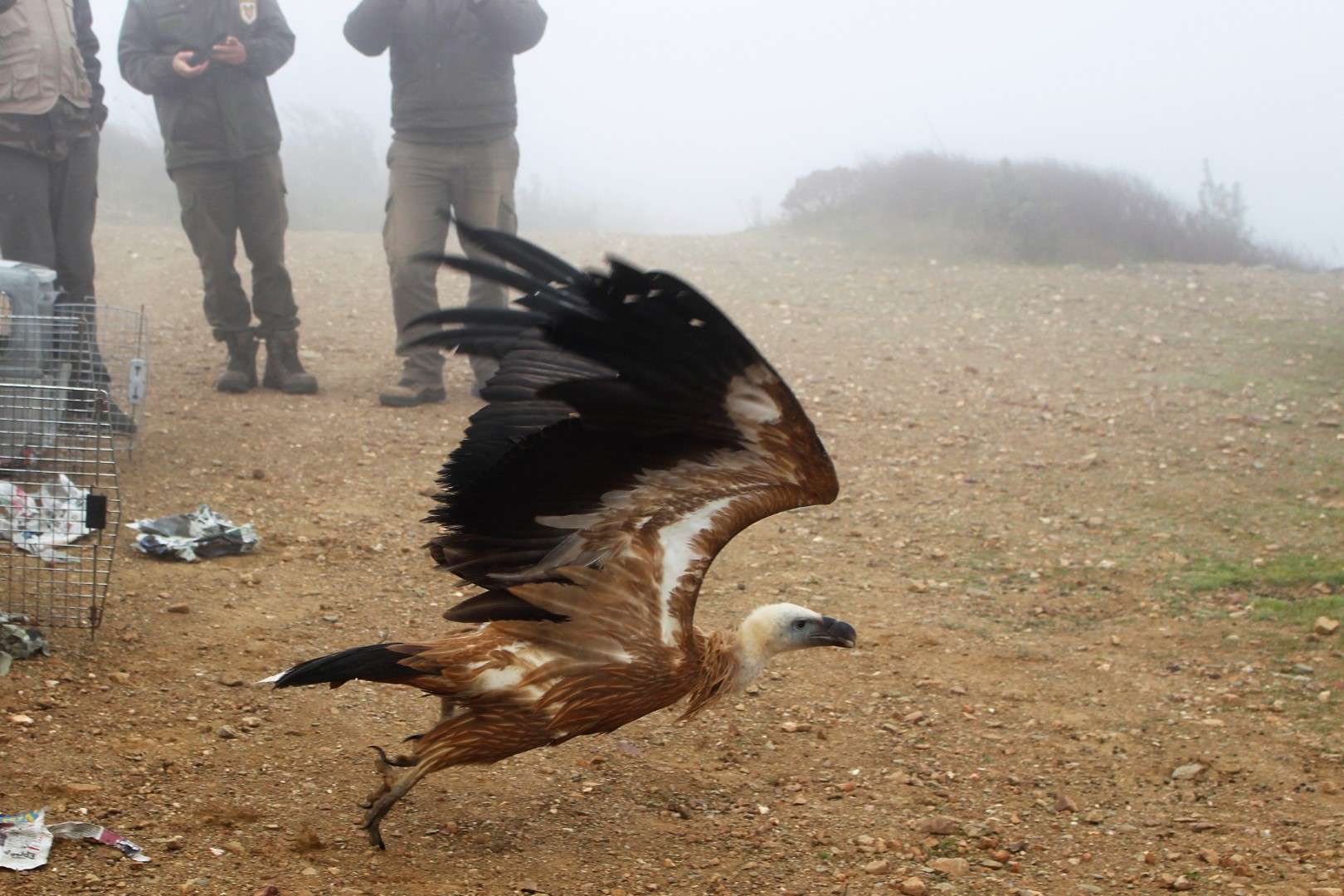
With the increase in the population of this species in Spain, black vultures started to be seen regularly in Portugal, with the first reproduction registered in the Center of Portugal (Tejo Internacional), in 2010, where there is now a small colony of around twenty pairs. , and then in the Douro Internacional canyon, in the Northeast of Portugal, where there are two couples.
In 2015, the species recolonized Herdade da Contenda, in the Southeast of Portugal and has been successfully bred in that location ever since, now existing at least ten breeding pairs.
In recent years, biologists and nature conservation agents have been closely monitoring the growth of black vulture populations in Portugal.
With the help of VCF and the MAVA foundation, 12 black vultures have already been tagged – 5 chicks in the nest in the colonies of Douro and Contenda, and 7 birds from wildlife rehabilitation centres.
The emitter, which allows you to track the vultures, "weighs just a few grams and provides valuable data that helps inform more accurate conservation actions."
With the data provided, «the movements, feeding areas and habits of these birds are followed, and also allow detecting when the vultures are injured or die».
The data also reveals the threats that vultures face during their travels, allowing conservationists to take actions that reduce risks and help support recolonization.
With the recovery of the species in Spain, there have been a number of conservation projects that support the conservation of this species in our country, such as the cross-border project LIFE Rupis in Douro Internacional.
LPN also led the LIFE Habitat Lince Abutre, which ended in 2014. This project established a network of 10 feeding sites and built 30 artificial nesting platforms in the Contenda area, which were instrumental in the recolonization of the region.
See the images of the release:
Help us to do the Sul Informação!
Contribute your donation so that we can continue to make your journal!
Click here to support us (Paypal)
Or use our IBAN PT50 0018 0003 38929600020 44
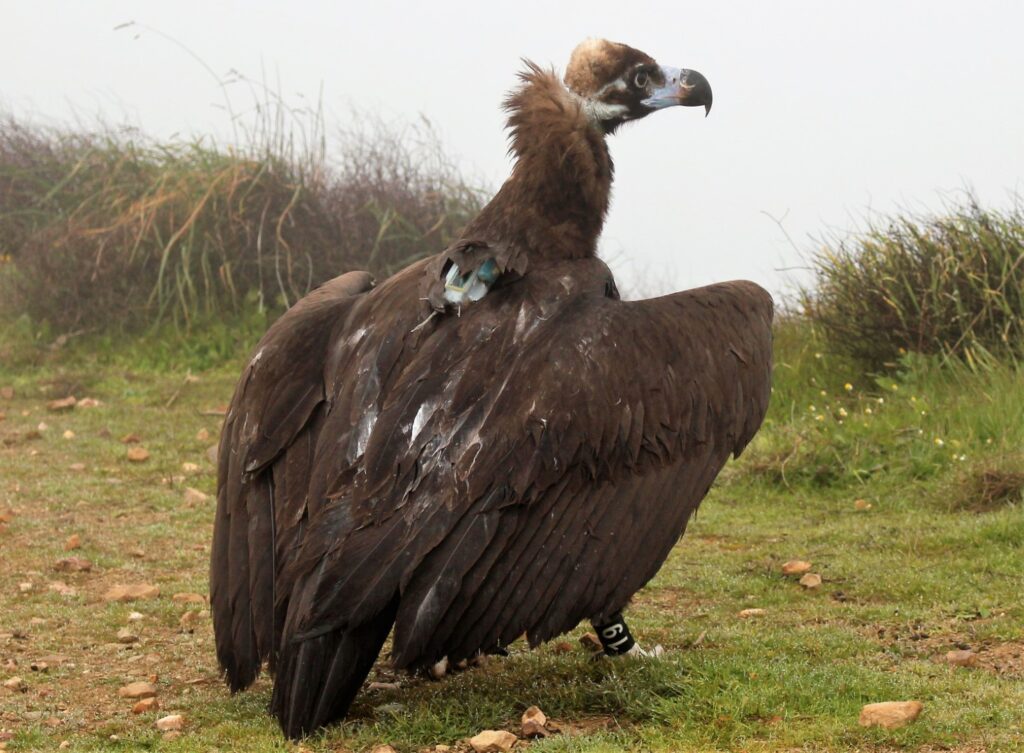
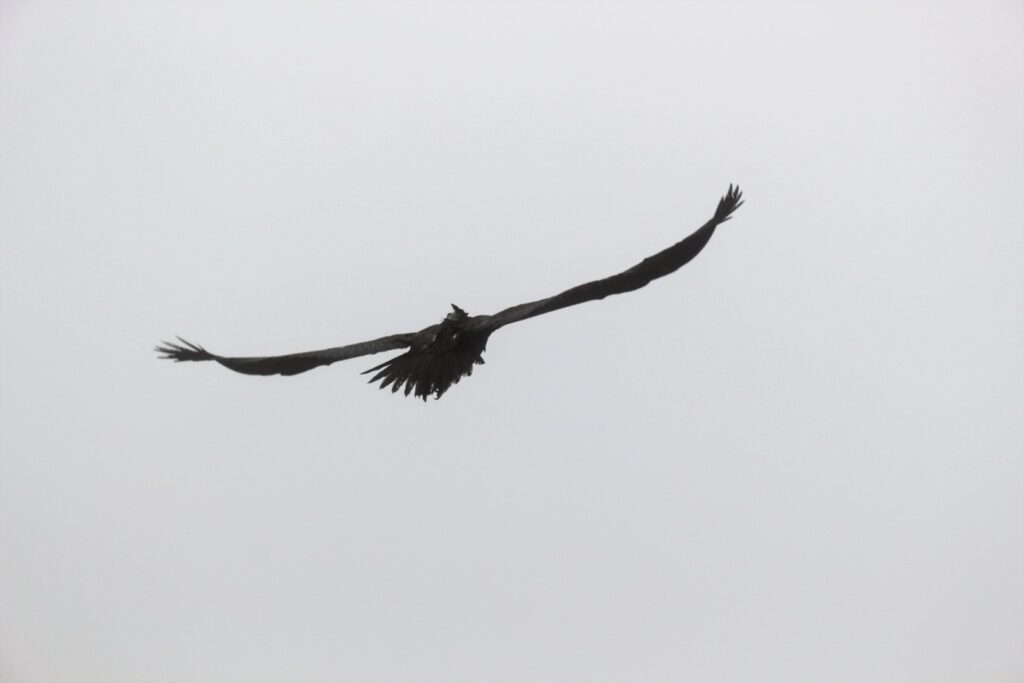
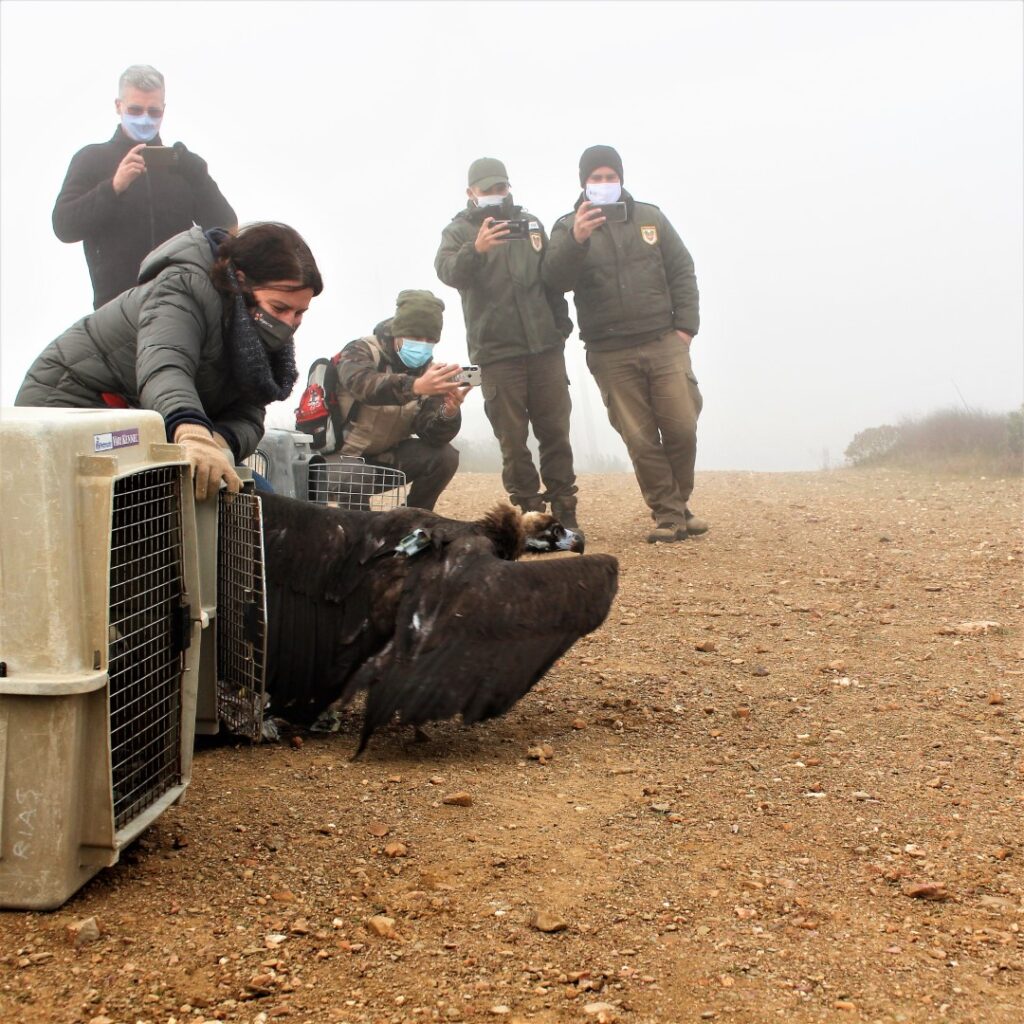
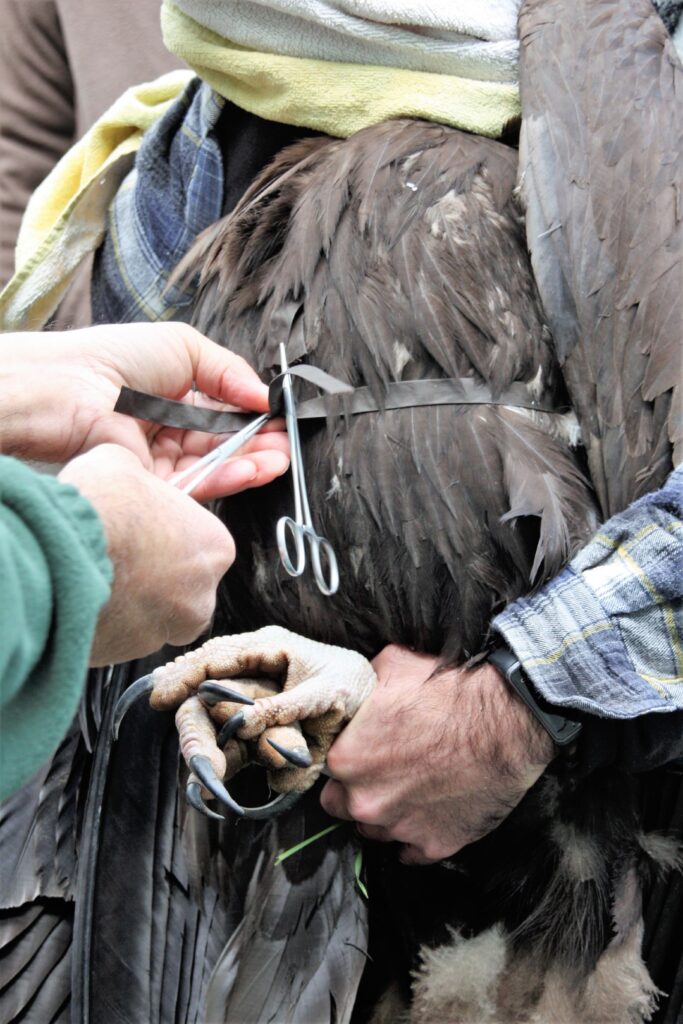
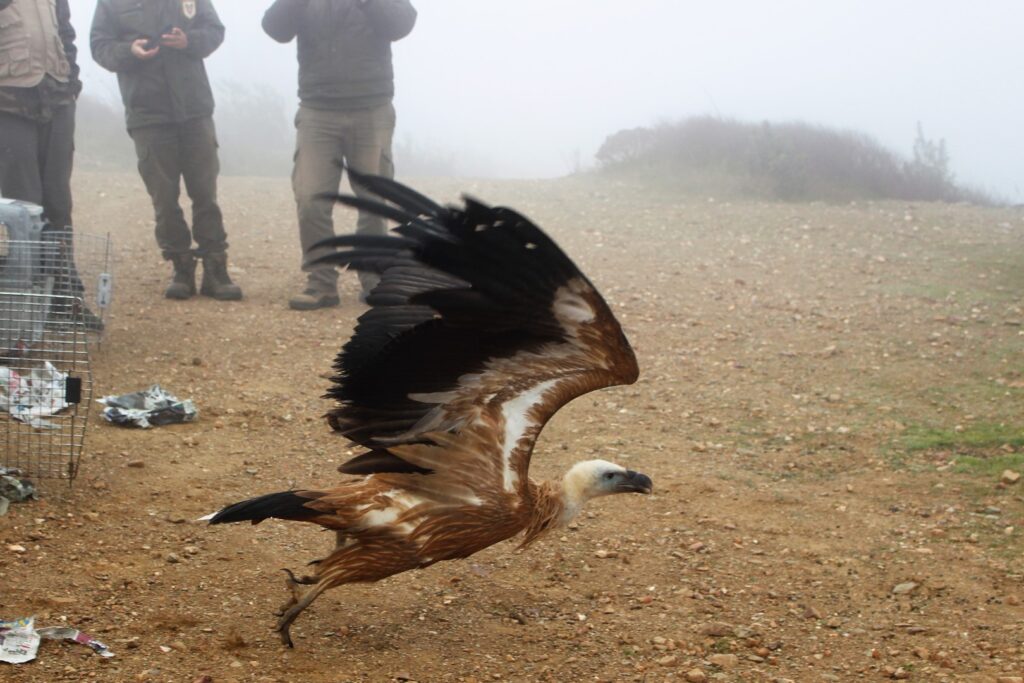
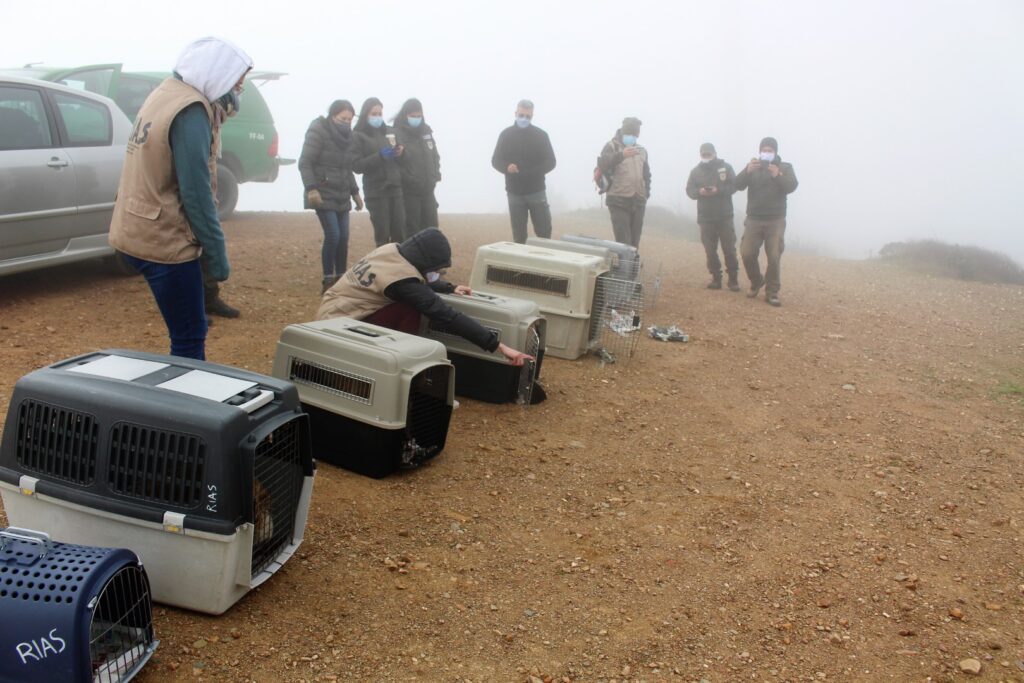
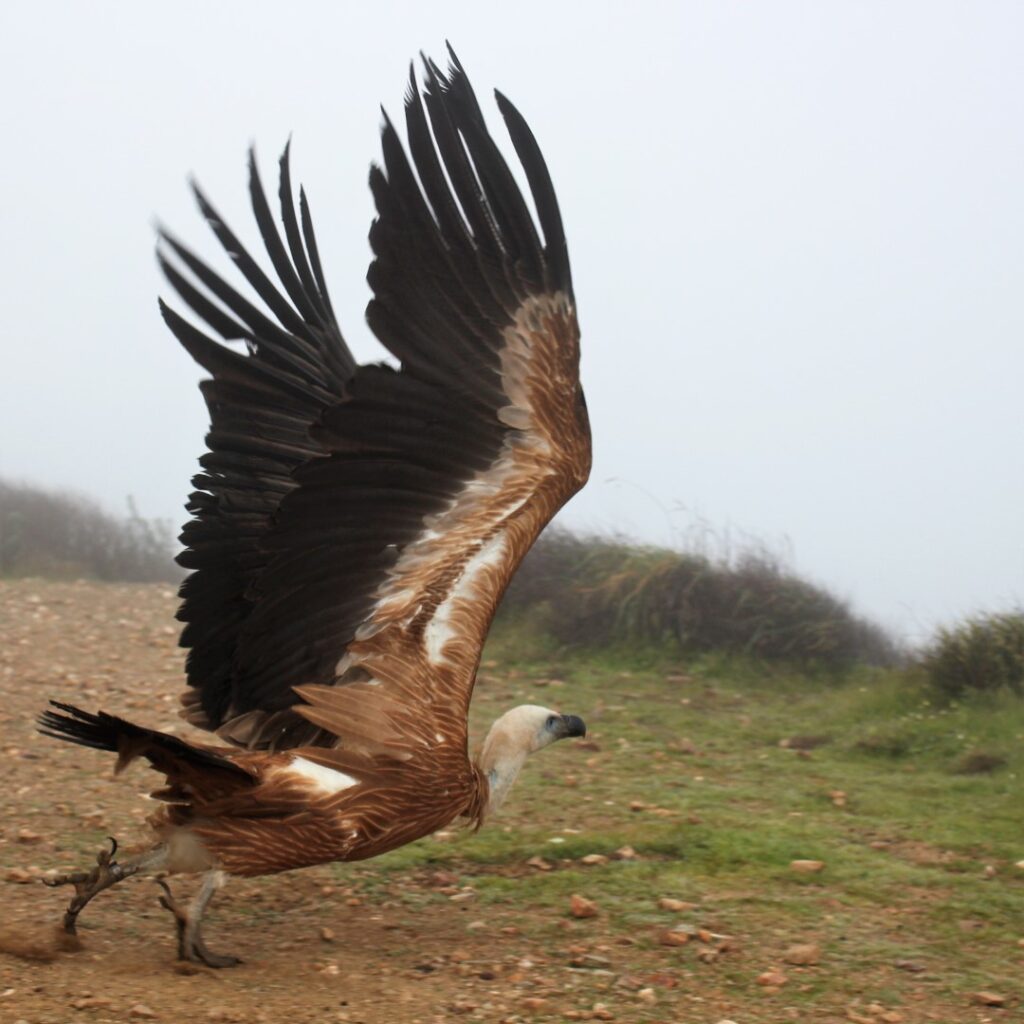


















Comments